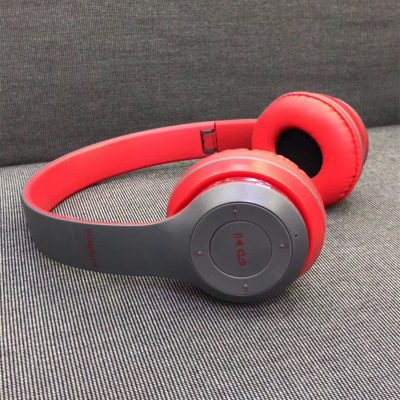The evolution of iPhone cases is a fascinating journey that mirrors the development of Apple’s iconic smartphone. Over the years, iPhone cases have gone from simple protective covers to stylish and functional accessories. Here’s a brief history of iPhone case evolution:
- Original iPhone (2007):
- With the release of the original iPhone in 2007, the need for protective cases became evident. Early cases were often simple, form-fitting sleeves made of silicone or plastic, designed primarily to protect the device from scratches and minor bumps.
- iPhone 3G and 3GS (2008 and 2009):
- The introduction of the iPhone 3G and 3GS marked the beginning of more diverse case designs. Cases started to incorporate additional features like belt clips and integrated stands.
- iPhone 4 and 4s (2010 and 2011):
- The iPhone 4’s iconic glass design prompted the creation of bumper cases, which covered the edges while leaving the back exposed. These cases addressed antenna reception issues and allowed users to showcase the phone’s aesthetics.
- iPhone 5 and 5s (2012 and 2013):
- With these models, cases became more streamlined and slim. They also started to incorporate advanced materials like aluminum and leather for a more premium look and feel.
- iPhone 6 and 6 Plus (2014):
- The larger screen sizes of the iPhone 6 and 6 Plus led to the development of a wide range of cases, including slim, rugged, wallet-style, and battery cases. Many cases now offered enhanced drop protection.
- iPhone 7 and 7 Plus (2016):
- The removal of the 3.5mm headphone jack on the iPhone 7 prompted the development of cases with built-in headphone adapters. Waterproof and shockproof cases also became more common.
- iPhone X (2017):
- The introduction of the iPhone X brought about the trend of clear cases, allowing users to showcase the phone’s OLED display and glass back while still providing protection.
- iPhone XR, XS, and XS Max (2018):
- These models saw a surge in popularity of wallet cases with cardholders and kickstands. Wireless charging compatibility became a standard feature in many cases.
- iPhone 11 and 11 Pro (2019):
- Enhanced camera systems on these iPhones led to cases with camera protection features, such as raised camera bump edges and lens covers.
- iPhone 12 (2020):
- The iPhone 12 series introduced MagSafe, a magnetic attachment system. Cases started to incorporate MagSafe compatibility, enabling easy attachment of accessories like chargers and cardholders.
- iPhone 13 (2021):
- iPhone 13 cases continued to support MagSafe while also focusing on eco-friendly materials and sustainability.
Throughout this evolution, iPhone cases have also become a canvas for personalization and expression. Customized cases, artistic designs, and even eco-conscious options have become readily available. The world of iPhone cases continues to evolve with each new iPhone release, catering to users’ needs for both protection and style.







